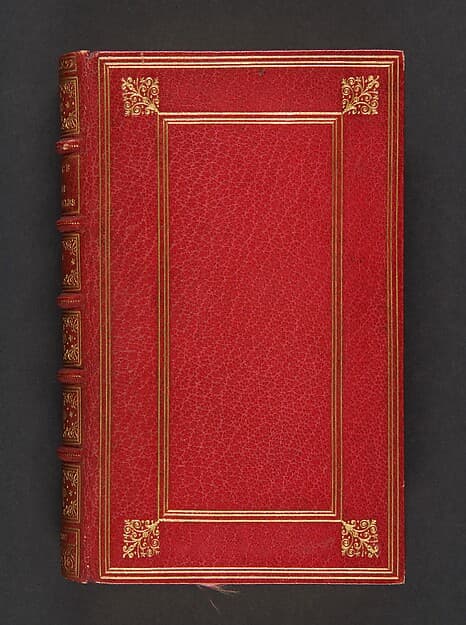
Hooghe, Romeyn de
1645–1708
Occupations
Biography
Romeyn de Hooghe (1645–1708) was a Dutch Baroque engraver, draughtsman, and political satirist who became the most prolific and versatile graphic artist of the Dutch Republic in the late seventeenth century. Born in Amsterdam to the son of an illiterate button-maker, he rose to become one of early modern Europe's most important printmakers and a pioneering master of political satire. De Hooghe's significance in art history extends far beyond his technical virtuosity. Historian Simon Schama identified him as the first great modern graphic satirist, whose sophisticated propaganda prints established conventions that would influence later masters like William Hogarth and James Gillray. During his career, he produced over 3,500 prints, creating an indelible visual record of late seventeenth-century European politics and culture. His baroque graphic works shaped public perception of major historical events, particularly the conflicts between Protestant and Catholic powers. Despite his humble origins, De Hooghe received a solid classical education at Latin school in Amsterdam, fostering both academic brilliance and social ambitions. He became a member of the Confrerie Pictura in The Hague in 1662 and again in 1683. From 1667 to 1691, he illustrated major newspapers including Hollandsche Mercurius and Orangien Wonderspiegel. His career accelerated during the Franco-Dutch War (1672–1678), when he created a massive array of patriotic prints glorifying Stadtholder William III of Orange. His skills proved so valuable that William III repeatedly employed him in propaganda wars against Louis XIV of France, establishing De Hooghe as one of the stadtholder-king's ablest propagandists. Around 1680–1682, he moved to Haarlem, where he built a house with a French-style garden and established a drawing academy. In middle age, he obtained a law degree from the University of Harderwijk and served as a magistrate. De Hooghe's distinctive baroque style combined spectacular allegorical fantasy with expressive mastery of physiognomy and intricate narrative detail. His original, lively compositions featured complex arrangements of figures and symbols, often with elaborate decorative borders. He worked across multiple media as an etcher, painter, sculptor, medalist, and writer, demonstrating extraordinary versatility. His prints ranged from large-scale political satires to book illustrations, fashion plates like Figures à la Mode, and detailed city views. Despite his astonishing talents, De Hooghe's life was marked by controversy. His unbalanced, roguish character led him to take enormous risks, and he faced accusations of producing pornographic prints, blasphemy, fraud, and embezzlement. Nevertheless, his legacy as perhaps the most important graphic artist of the Dutch Golden Age remains secure, with major collections held at the Rijksmuseum, Metropolitan Museum of Art, and National Gallery of Art.
Artist Overview Writer Agent
Last updated: January 2025
Biography length: ~447 words
Wikidata/Wikimedia Commons























